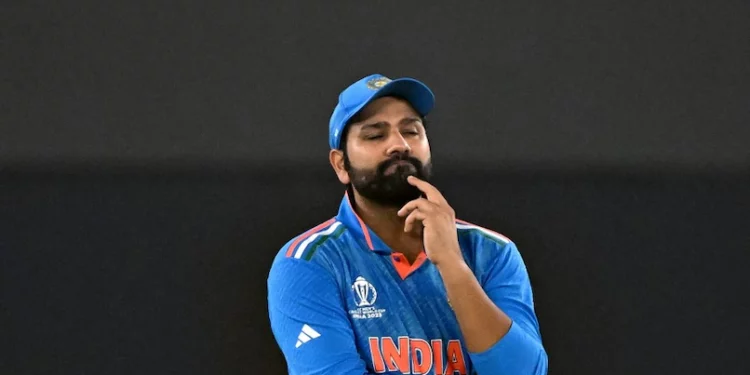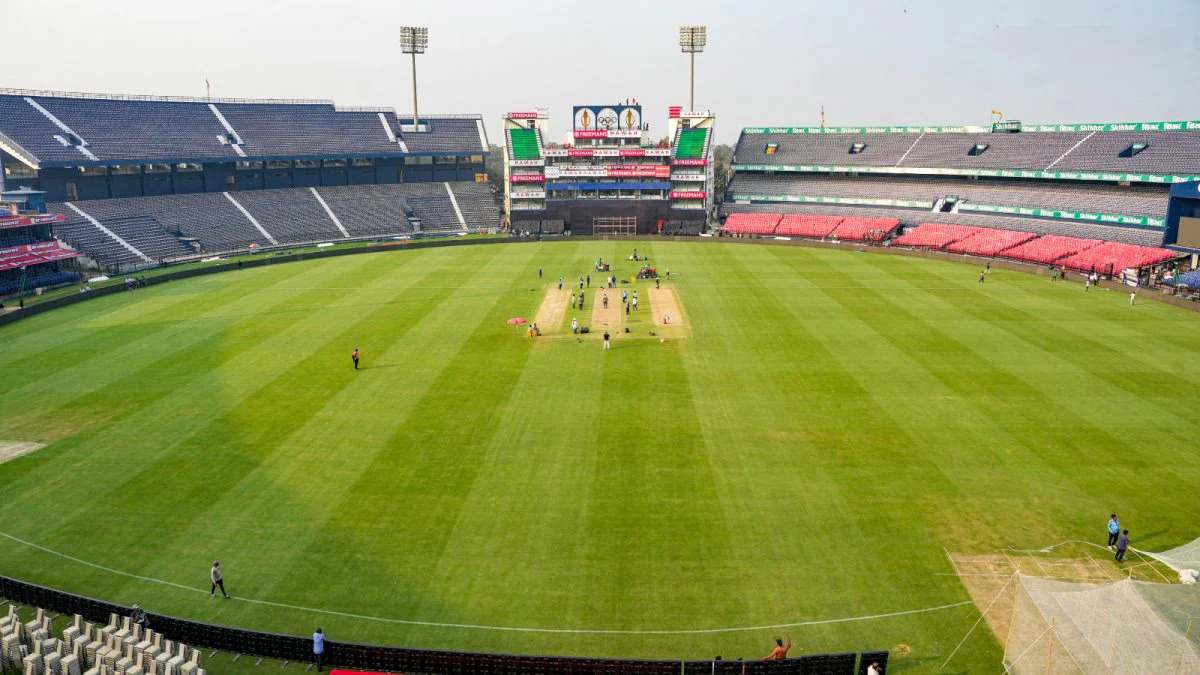On Sunday, November 19, at the Narendra Modi Stadium in Ahmedabad, Australia, the India national team was destroyed to bring the ICC World Cup 2023 to a conclusion. The Indian squad appeared to be a shadow of their former selves in the most important match, despite being on a dream run of winning ten straight games with convincing ease.
With the coin flip, India’s problems started. It was believed that the dew formation from the previous evening would reappear at the venue, giving the side bowling second an unfair advantage. Australia won the toss and elected to bat first, and Rohit and company saw that they would need to score well, as they had up to that point in the tournament, in order to protect themselves from any potential dew formation when they bowled. The hitters were therefore already under strain.
Additionally, it was a slow pitch that did not allow for unfettered batting throughout the innings. The ball did not strike the bat in the same way as the Indian hitters were accustomed to, and more crucially, it considerably favored the spinners. Batting was initially easier when the ball was new because of the powerplay, which allowed players to take more chances and score runs at will. The combination between Rohit Sharma and Virat Kohli demonstrated this, and they repeated the feat, reaching 46 runs off of 32 balls for the second wicket.
Against Glenn Maxwell, though, Rohit Sharma took one shot too many after smashing him for a four and a six in the previous two deliveries, respectively. When he struck the six earlier in the over, Rohit was not completely in control of it. He needed to use some caution at that point because the ball was already whirling quite a little. However, Rohit tried to further dominate the bowler by going for another boundary, continuing with his style of play.

Travis Head, who was already exceptional on the field, made a memorable catch when he miscued the ball to the cover region because he was unable to reach the pitch of the ball properly. Looking back at the Indian innings, it appears that this was the turning point that gave Australia the upper hand.
Soon after, Iyer followed Rohit to the pavilion, and with the score at 81/3 after 10.2 overs, Kohli and Rahul had to correctly regroup to stave off a potential collapse. Their luxury of waiting it out and playing risk-free cricket for a long was made possible by Rohit’s platform, but it also worked in the Australian bowlers’ favour as they went unopposed during that stretch and dominated the game.
As time passed, the innings began to decline even further. The Australian bowlers and fielders, as well as the wicket itself, presented challenges, but the hitters had to be willing to take some chances. They were extremely cautious in their approach, as evidenced by the fact that they failed to score a boundary for 97 balls. India found themselves in a precarious scenario where they needed to not only score a lot of runs but also save wickets.
In addition, the Indian batters seemed paralyzed by the anxiety of failing in front of 92,453 fans at a home final. Being frightened or too conservative for an extended length of time was a surefire way to lose to a top-tier bowling attack that was highly adept at reading the pitch and carrying out its plans. It was an uphill battle for even KL Rahul and the hitters who came in after Kohli was gone once the Australian bowlers worked out what they had to do on that pitch.

When the Indian team took the field to defend a glaringly low target of 241, it had to bowl and field like it had been doing all season. The first slip came about because of a chance that was created by Bumrah’s ball, which took Kohli off guard. India just could not afford such a start.

Later on, Rahul struggled to save runs behind the wicket, and numerous fielding errors were witnessed. Furthermore, he was not like Mohammed Shami, the top bowler for India and the tournament’s highest wicket-taker, who bowled far too often down the leg side. Even he was obviously feeling the pressure, bowling in a different way from his usual style while frantically trying to conjure up a wicket. Overall, those early innings saw far too many simple runs given up.
Finally, it wouldn’t be just to deny the Australian squad the credit they merit for pressuring India to play the way they did. Many did not think there was a chance for a team that finished at the bottom of the table after losing its opening two games to advance to the knockout round. It soon discovered its magic and it stopped looking back. The team appeared composed, goal-focused, and at ease at the end.

For the most part of the game, the fielding was excellent, especially from Travis Head, who in the first inning saved several runs and nearly made a catch in the deep. With a couple of false starts, the bowling was right on and controlled the Indian hitters in their own cauldron. The hitters played sanely, understanding what they wanted to accomplish. When the ball was moving quite a bit in the first fifteen or so overs, the balance between attack and defense was maintained. All in all, they would be genuinely proud of the almost flawless performance.

India only lost one match throughout the tournament, although it was a match they shouldn’t have lost. They lost the least number of matches overall. Even though they won the ODI World Cup in 2019 and 2023 and lost in the elimination rounds, they now understand that the latter is a whole different ball game. In addition, the Indian team management needs to solve this enigma given the countless losses in ICC tournament semifinals and finals over the past ten years.






